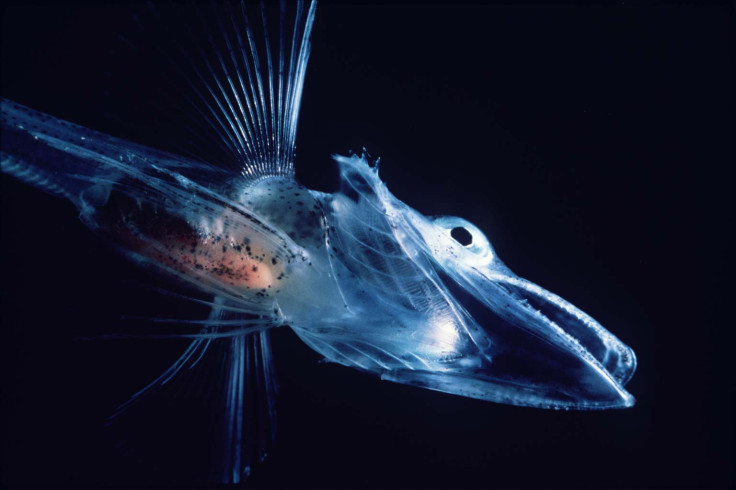Antarctic 'Ice' Fish Contain Antifreeze Proteins that also Prevent Melting in Evolution Paradox

Antarctic fish are able to produce a type of antifreeze to survive in the icy Southern Ocean, but suffer an unusual side effect, a study has found.
The protein-bound ice crystals that accumulate inside the bodies of the fish resist melting even when temperatures rise.
"We discovered what appears to be an undesirable consequence of the evolution of antifreeze proteins in Antarctic notothenioid fish," said University of Oregon doctoral student Paul Cziko, who led the study.
"What we found is that the antifreeze proteins also stop internal ice crystals from melting. That is, they are anti-melt proteins as well," he said, as reported by the Tech Times.
The research, published in the Proceedings of the National Academy of Sciences, studied five families of notothenioid 'icefish' that make up more than 90% of the fish biomass in the sea encircling Antarctica.
Antifreeze proteins in Antarctic notothenioid fish were first discovered in the 1960s, but this is the first time researchers have investigated how ice crystals are affected when temperatures rise enough so the structures should melt.
Researchers found that many of the minuscule structures stayed together even when warmed – an effect called "superheated ice", caused by the binding of antifreeze proteins to the surface of ice crystals.
This is the first time the process has been recorded in nature.
Clive Evans, co-author of the study from the University of Auckland, told Headlines and Global News: "This is the first demonstration of the existence of 'superheated ice' inside living organisms, but it presents a significant problem for the fish since the only known way for them to melt internal ice is through warming of the freezing seawater they inhabit."
"What we have here is an evolutionary paradox," he added.
An underwater temperature-logging device was placed in Antarctica's McMurdo Sound, one of the coldest marine environments in the world, largely covered by the McMurdo Ice Shelf.
It recorded temperatures for 11 years, a substantial portion of the notothenioids' lifespan, and found the temperatures never rose enough to counteract the antifreeze proteins. Essentially, the fish are never rid of their internal ice.
This accumulation of ice is believed to have adverse consequences, such as causing a blockage of blood capillaries in the animals – similar to a human blood clot.
"Since much of the ice accumulates in the fishes' spleens, we think there may be a mechanism to clear the ice from the circulation," Cziko told the National Science Foundation.
"This is just one more piece in the puzzle of how notothenioids came to dominate the ocean around Antarctica," he added. "It also tells us something about evolution. That is, adaptation is a story of trade-offs and compromise. Every good evolutionary innovation probably comes with some bad, unintended effects."
© Copyright IBTimes 2025. All rights reserved.






















